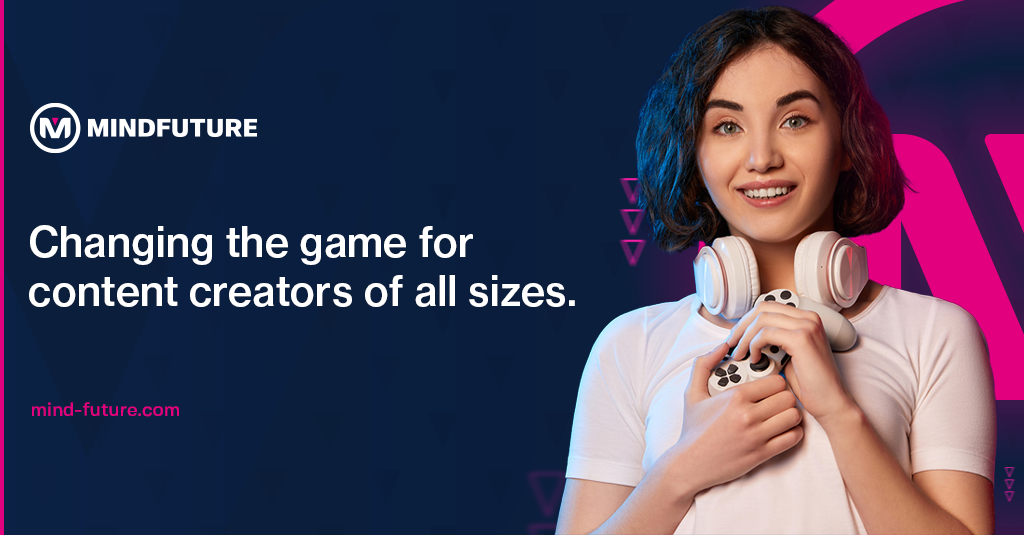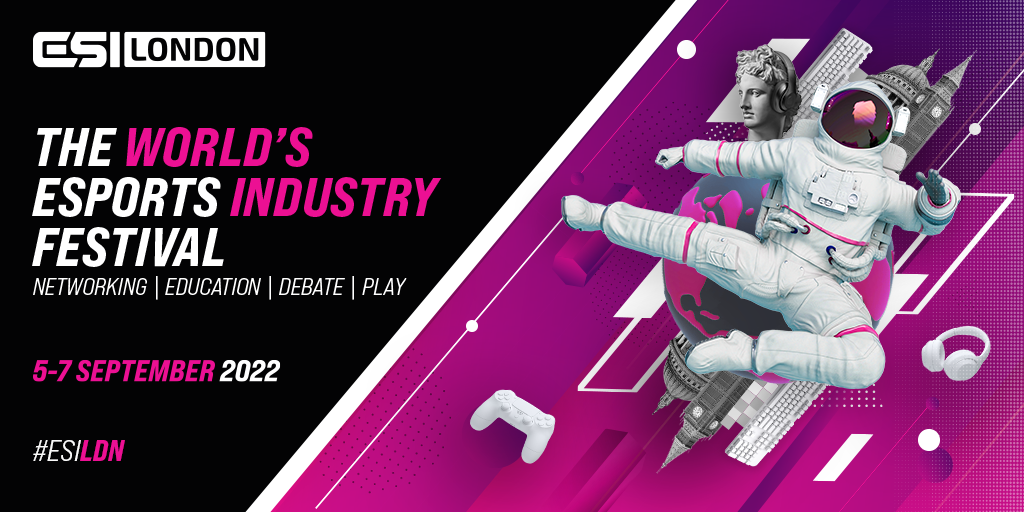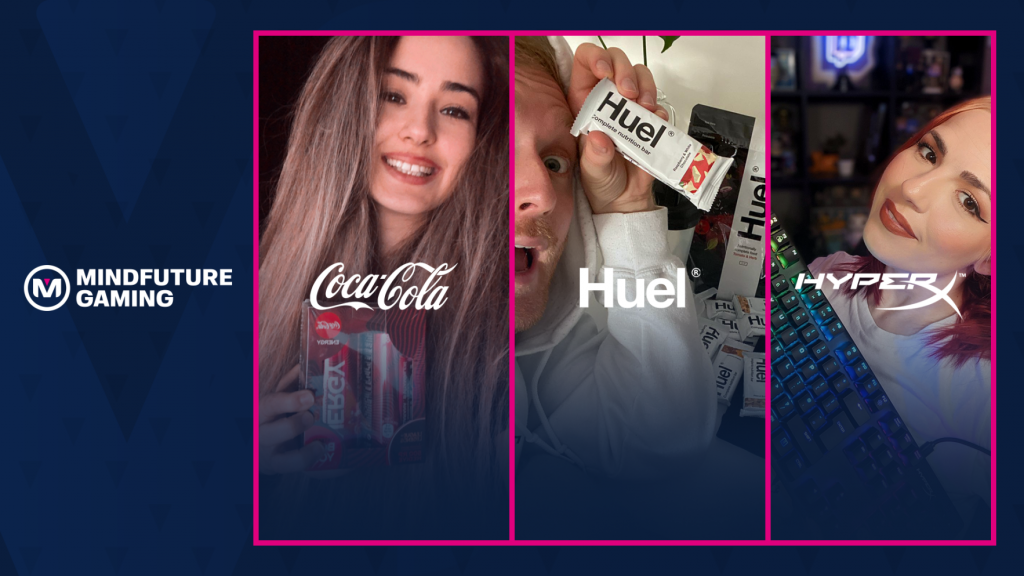
What makes a great influencer campaign?
For Filip Gorski, CEO of global full-service marketing agency Mindfuture, there are two common approaches that prospective advertisers can take.
The first is to enlist well-known esports personalities, such as Tyson ‘TenZ’ Ngo, who collaborated with Final Mouse to sell products earlier this month. Campaigns with large creators are likely to generate media interest, and will undoubtedly shove a brand into the spotlight.
With that said, well-known creators pose a risk: they may fail to project the right brand image or confuse guidelines, leading to a mountainous sunk cost and a failed collaboration.
The alternative, offered by firms like Mindfuture, is to engage with mid and micro-influencers: smaller creators, but typically with ardent fans. Whilst this method sounds unorthodox, the advantages are numerous, claims Mindfuture’s COO Monika Wisniewska.
She explained: “Micro and mid-size influencers provide a very engaged community that converts better into loyal brand ambassadors. They offer extra value for brands because they normally care more … than the bigger influencers who might sometimes be a bit spoiled by the huge sponsorship deals.”
Freeman Williams, Talent Manager at EXCEL ESPORTS, raised a different point. “If you’re smaller, let’s say like 50 concurrent viewers a stream, most of your viewers are probably quite diehard because they’re choosing to watch you over people like Ninja or Tfue.
“If you have a team of 100 small creators, who all have really loyal fans, maybe you could replicate the success of larger streamers.”
Creators with a smaller following can not only offer access to different demographics, they also allow brands to ‘spread the risk’ of a campaign across many different people — all of which will engage with the collaboration in a different way. It allows brands to hedge their bets, by not relying on a single person’s creativity for their campaign to be successful.
How do you engage micro-influencers?
It is typically challenging to engage many micro-influencers simultaneously because of the logistical challenge, as Williams points out. “Which option is easier to manage? My team is like five at the moment. I couldn’t imagine having to do hundreds of individual briefs and answer questions.”
Mindfuture’s platform tries to overcome that hurdle. Clients fill a campaign’s brief and allocate a budget for a campaign and Mindfuture’s team handle the rest — finding suitable influencers, signing contracts, providing real-time data to optimise results and handling payouts.
The company offers a proprietary data monitoring solution on Twitch and YouTube to track campaign success, and monitor progress. The data-driven platform gives more value to the client, Mindfuture says.

Although a less-tailored approach comes with disadvantages, like the impersonal nature of brand collaborations, Mindfuture campaigns can be quickly adapted and tracked. This allows clients to switch up their approach if issues arise. With ads spread across hundreds of creators, Mindfuture can closely target a range of nationalities and demographics.
A campaign with KFC Poland enlisted 25 Polish creators, garnering 1m views and an impressive 5.2% click-through rate, according to the company. This is way above the 2% figure that Google once claimed was a ‘decent’ number for Adsense campaigns.
For micro-influencers, Mindfuture’s approach offers an opportunity to grow streaming revenues without the stress of engaging with larger brands themselves, or to hire a pricey management team. Creators can sign up on Mindfuture’s website and monetise their content relatively quickly.
It’s not just Mindfuture taking notice of the micro-influencer trend. UK-based esports organisation Fnatic has run a successful ‘network’ programme, partnering with smaller creators to help promote the organisation and its commercial partners.
Making a good micro-influencer campaign
Diversity and inclusivity are now industry hallmarks of modern marketing campaigns. As well as promoting good business practices, clients may demand that partnerships begin with inclusivity in mind.
With its large roster of partners, Mindfuture is aiming to foster an environment of inclusivity. Williams agrees, saying EXCEL is happy to support creators with diversity in mind, as well as making sure they’re a good fit for the brand. “I’ve grown up in an ethnic minority. I love to see black people, Asian people doing great.
“It’s really important for me: if we can branch out that way, then we do do it. Prior to what our roster is like now, that was one of the things that we wanted to touch on.”
Meanwhile, Wisniewska stated that inclusivity is a core part of the company’s mission. “We take a holistic approach towards all campaigns and inclusivity. We include as many small influencers as possible: all genres, all influencer sizes, all geographies.”

Mindfuture has to be mindful of its pricing. Its data shows that viewers need to see an ad around seven times before they take action. The company is keen to take a longer-term approach with clients if possible. “We always look for long term benefits, not for short term gains, that’s why our pricing is very competitive.”
Mindfuture’s automated platform is also supplemented with a human ad analytics team who can monitor trends and provide tailored data to the client on the campaign’s success.
As the esports and gaming market grows, and the number of streamers increases with it, micro-influencers now offer an alternative way to engage hard-to-reach consumers, in turn providing passive income for the small creators they love.
Supported by Mindfuture
